
This comprehensive ranking evaluates the top 10 UX/UI design agencies worldwide, assessed on work quality, client outcomes, and industry standing. Each agency profile provides detailed pricing information, core competencies, proven results, and ideal client fit. Our evaluation process considered factors including portfolio strength, client testimonials, industry recognition, and measurable business impact to ensure you’re getting the most reliable recommendations.
Whether you’re a startup requiring foundational design work or an enterprise seeking digital transformation to drive business growth, this guide will help you identify the optimal UI/UX design agency for your specific requirements. We’ve included agencies across different price points and specializations, from cost-effective global teams to premium boutique studios, ensuring there’s a perfect match for every budget and project scope.
Best UI/UX Design Agencies
1. Clay
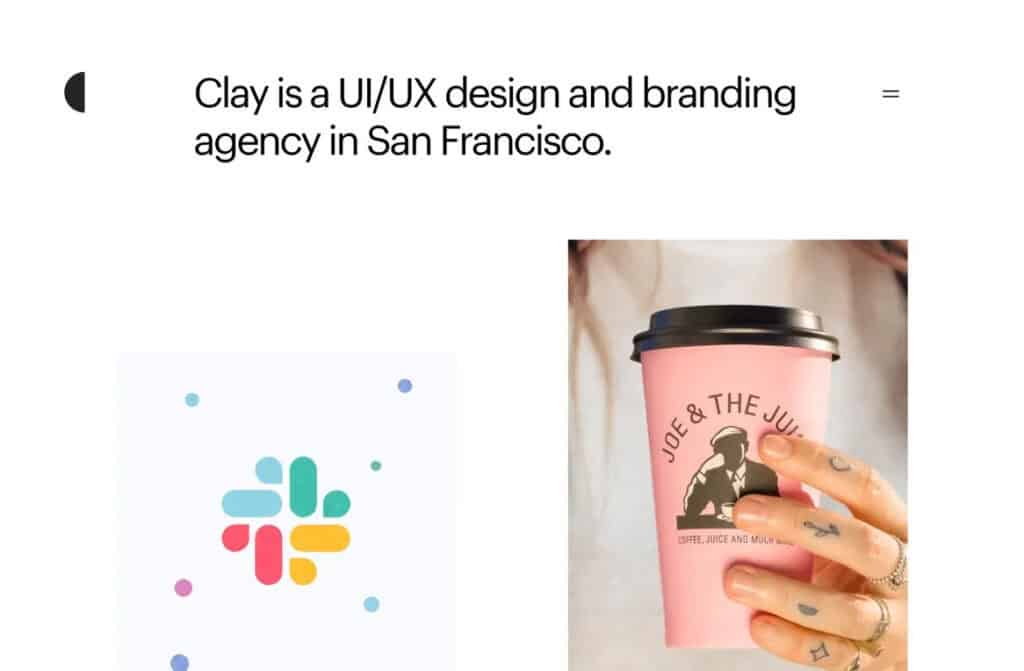
Clay creates digital experiences that drive real business results. They work with major tech companies like Amazon, Google, and Facebook to design products that users love. Clay has generated significant revenue increases for Facebook through better user onboarding flows.
Their team combines strategy, web design, and technology to build digital products that succeed in competitive markets. Clay focuses on creating scalable design systems that work across multiple platforms while maintaining beautiful simplicity.
- Location: 300 Broadway, San Francisco, CA
- Pricing: $150-$300 per hour | $25,000-$150,000 per project
- Key Strengths: Full-service creative studio, scalable design systems, motion design, major tech clients
- Notable Results: Generated millions in additional revenue for Facebook through improved onboarding
- Best For: Tech companies and brands needing comprehensive UX design with proven business impact
2. Mission Control
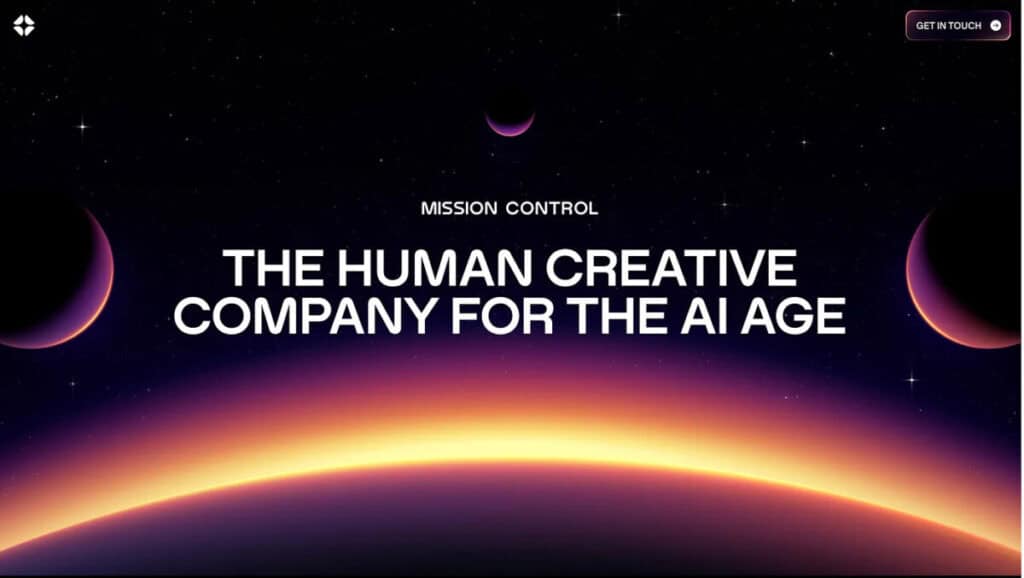
Mission Control accelerates startup growth through strategic design and creative partnership. Part of the Clay family, they help early-stage companies build strong UX foundations and sometimes invest in promising companies.
Their streamlined approach eliminates unnecessary meetings and focuses on high-impact design work. Mission Control integrates with major platforms for seamless launches and understands the unique challenges that growing companies face.
- Location: San Francisco
- Pricing: $125-$250 per hour | $15,000-$75,000 per project
- Key Strengths: Startup focus, strategic guidance, partnership approach
- Notable Results: Improved conversion rates dramatically for early-stage fintech clients
- Best For: Startups wanting design expertise with business strategy
3. EY Doberman
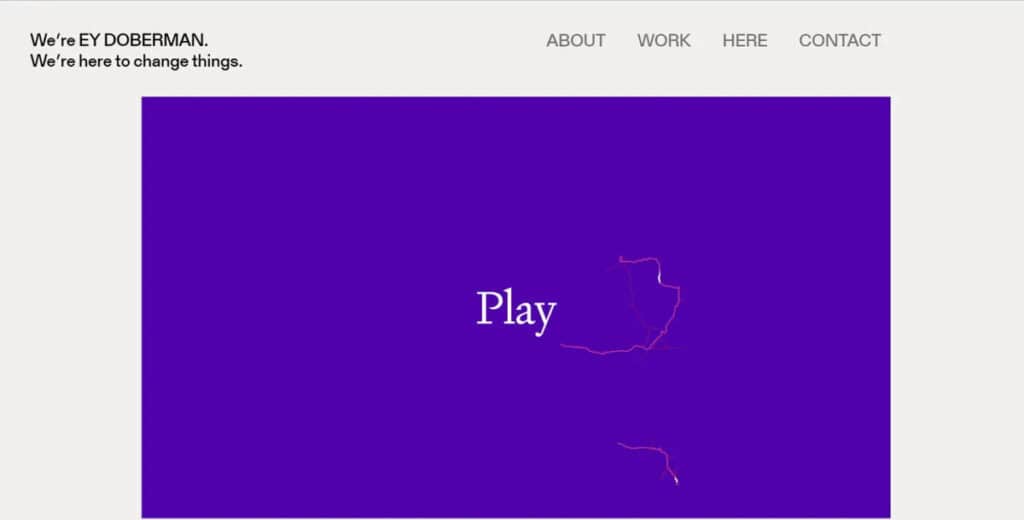
EY Doberman combines Scandinavian design excellence with global business expertise. They create digital experiences that give brands competitive advantages and transform entire business operations through design thinking.
Their team partners with major enterprise platforms and integrates with complex business systems. They ensure smooth user experiences across every customer touchpoint and have substantially improved customer satisfaction for major healthcare systems.
- Location: Multiple global offices
- Pricing: $250-$500 per hour | $150,000-$1,000,000 per project
- Key Strengths: Global reach, business transformation, enterprise integration
- Notable Results: Boosted customer satisfaction significantly for major healthcare systems
- Best For: Large corporations needing design within a complete business transformation
4. Bakken & Baeck
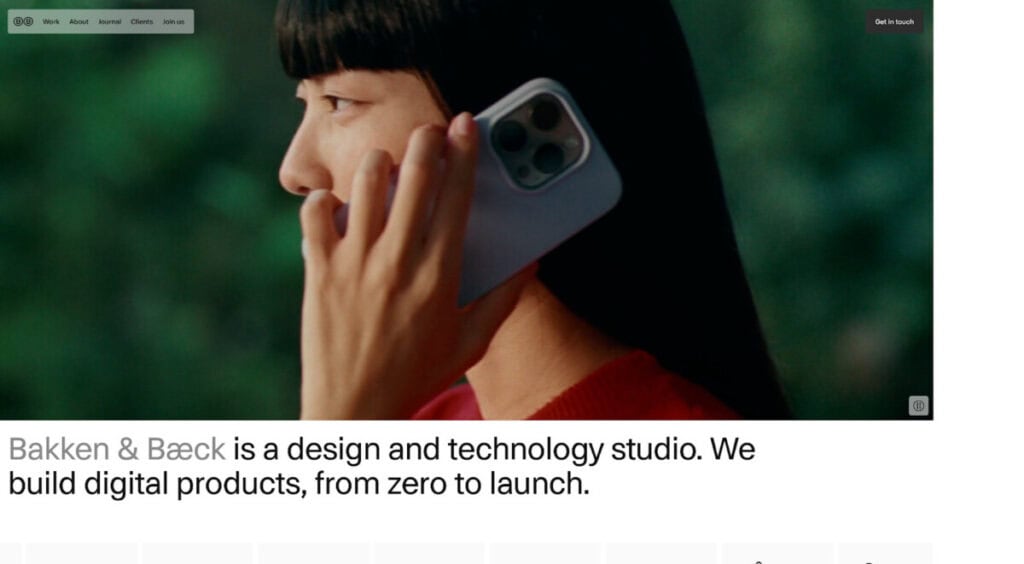
Bakken & Baeck builds digital products that push boundaries while remaining usable. This European agency specializes in AI and machine learning, creating products that feel magical but work reliably.
Their team spans five European cities: Oslo, Bonn, Amsterdam, London, and Barcelona. Each location contributes unique perspectives and innovative approaches. They excel at combining cutting-edge technology with practical design that real users can navigate easily.
- Location: Oslo, Bonn, Amsterdam, London, Barcelona
- Pricing: $150-$300 per hour | $75,000-$400,000 per project
- Key Strengths: AI integration, emerging technology, European expertise
- Notable Results: Enhanced Coinbase user retention significantly through redesigned onboarding
- Best For: Companies wanting cutting-edge design with advanced technical capabilities
5. Big Human
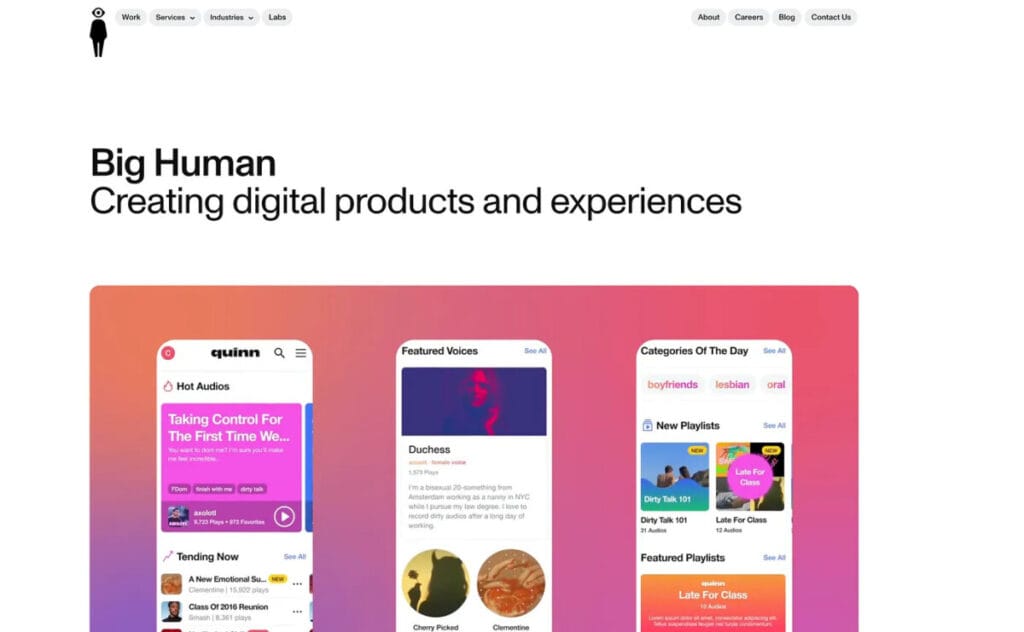
Big Human solves real problems across healthcare, entertainment, and ecommerce. Since 2010, they’ve created hundreds of successful digital products that focus on actual user needs.
They understand industry-specific requirements. Healthcare needs compliance-focused designs. Entertainment needs captivating experiences. E-commerce needs conversion-driving interfaces. They’ve cut healthcare client support costs dramatically through portal redesign.
- Location: New York, NY, with remote capabilities
- Pricing: $125-$250 per hour | $50,000-$300,000 per project
- Key Strengths: Cross-industry experience, problem-solving focus, technical expertise
- Notable Results: Cut healthcare client support costs dramatically through portal redesign
- Best For: Companies needing practical, user-focused design with measurable results
6. Instrument
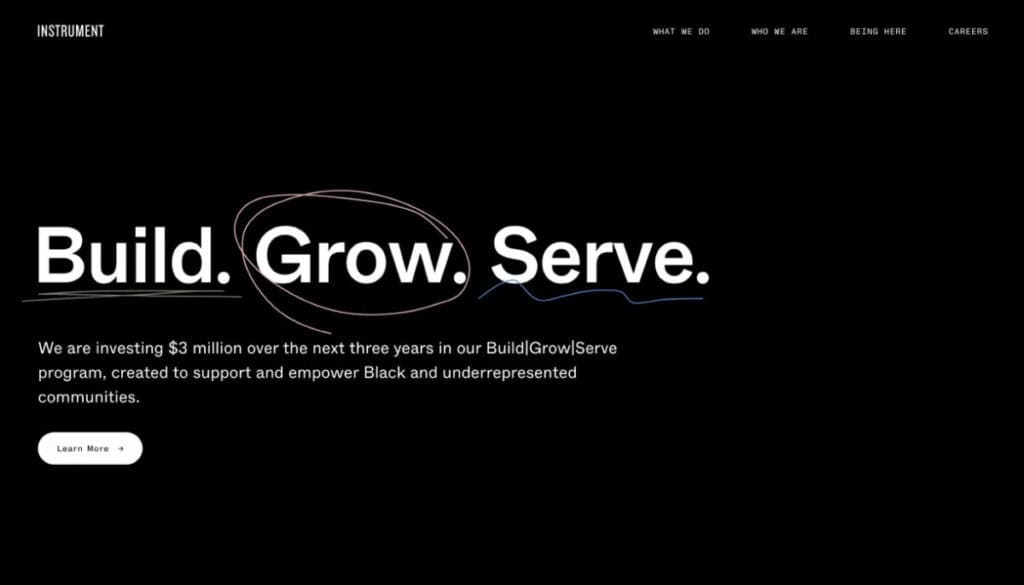
Instrument redefines brands and experiences through technology-led creativity. This multidisciplinary UX design firm combines design, strategy, and engineering to help progressive brands solve complex problems. Instrument has worked with Nike to build digital design systems, Microsoft for AI-driven storytelling, and other major brands across multiple industries.
They create beautiful, functional digital experiences that work across all platforms. Instrument operates with offices in Portland, Brooklyn, and Los Angeles, bringing diverse perspectives to every project. Their team includes designers, strategists, engineers, and content creators who focus on creating work that people genuinely love to use.
- Location: Portland, Brooklyn, Los Angeles
- Pricing: $200-$400 per hour | $100,000-$500,000 per project
- Key Strengths: Technology-led creativity, multidisciplinary approach, progressive brand work
- Notable Results: Built flexible digital design systems for Nike and created AI-driven experiences for Microsoft
- Best For: Progressive brands wanting cutting-edge digital experiences with strong technical capabilities
7. Code and Theory
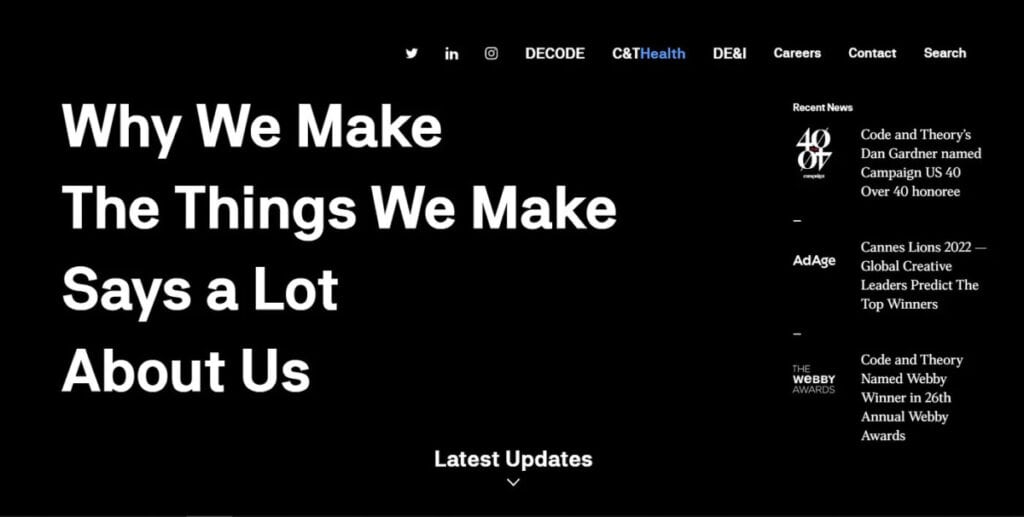
Code and Theory live at the intersection of creativity and technology. This digital-first UX design agency solves consumer and business problems with end-to-end solutions that adapt to changing market needs. They’ve worked with Amazon, JPMorgan Chase, Microsoft, the NFL, and Pfizer to create transformative digital experiences.
Their team balances creative talent with engineering expertise. Code and Theory has over 400 strategists, technologists, and designers across offices in New York, San Francisco, London, Atlanta, and Manila. They specialize in building scalable platforms around both user needs and business goals.
- Location: New York, San Francisco, London, Atlanta, Manila
- Pricing: $250-$400 per hour | $100,000-$750,000 per project
- Key Strengths: 50% creative, 50% engineering, global scale, technology-first approach
- Notable Results: Transformed digital experiences for major brands like Amazon, Microsoft, and the NFL
- Best For: Large brands needing comprehensive digital transformation with technical excellence
8. Red Antler
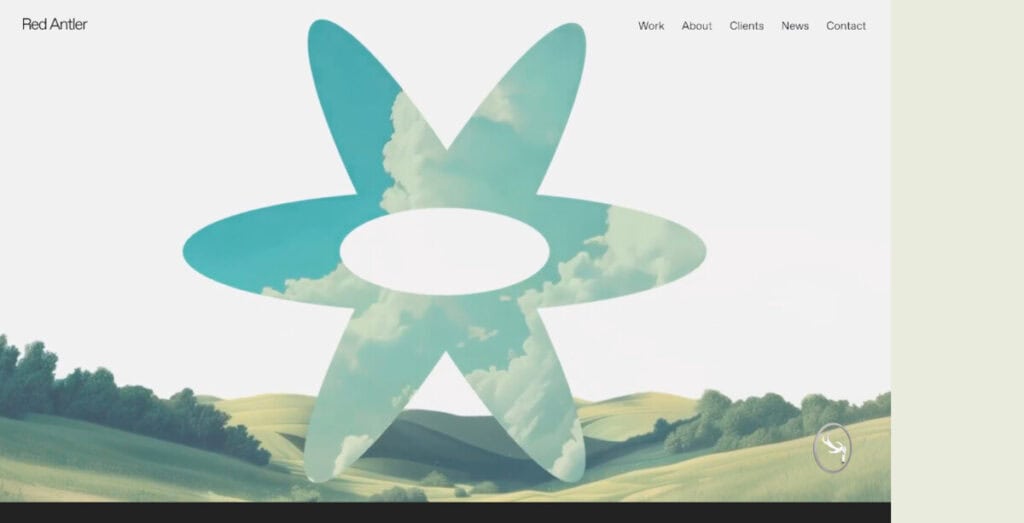
Red Antler specializes in startup branding and new venture creation. This leading brand company has created iconic identities for companies like Casper, Allbirds, and hundreds of other successful startups. Red Antler focuses on building brands that matter and puts companies at the center of tomorrow’s conversations.
They offer complete brand systems, strategy, and digital experiences designed specifically for growing businesses. Red Antler operates its own venture fund called Habitat Partners, investing directly in the startups it believes in most. Their work spans from early-stage brand creation to complete business transformation.
- Location: New York with global capabilities
- Pricing: $200-$350 per hour | $75,000-$400,000 per project
- Key Strengths: Startup expertise, venture investing, iconic brand creation, growth focus
- Notable Results: Created breakthrough brands for Casper, Allbirds, and hundreds of successful startups
- Best For: Startups and new ventures needing complete brand creation with investment potential
9. Raw Studio
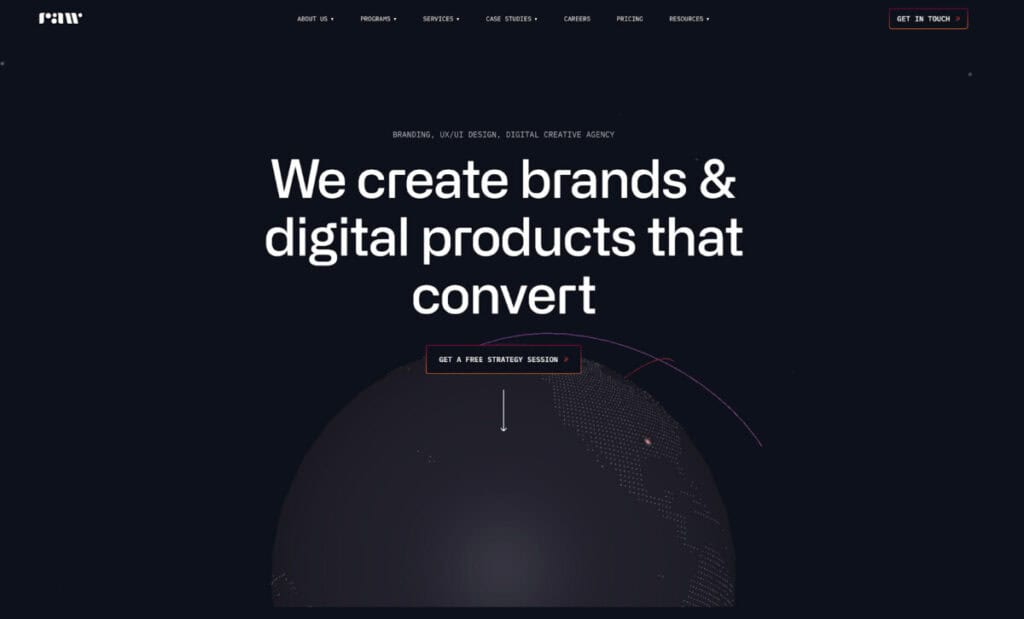
Raw Studio leads Sydney’s design scene with proven approaches that deliver measurable results. They specialize in tech branding and conversion optimization with research-driven methods.
Research drives everything they do. They conduct user studies before making design decisions and ensure all designs meet accessibility standards. Their data-driven approach means every design choice has a solid business reason.
- Location: Sydney, Australia
- Pricing: $100-$200 per hour | $25,000-$150,000 per project
- Key Strengths: Tech focus, conversion optimization, research-driven approach
- Notable Results: Consistently improves conversion rates for tech clients
- Best For: Tech companies wanting research-backed design with measurable outcomes
10. Purrweb
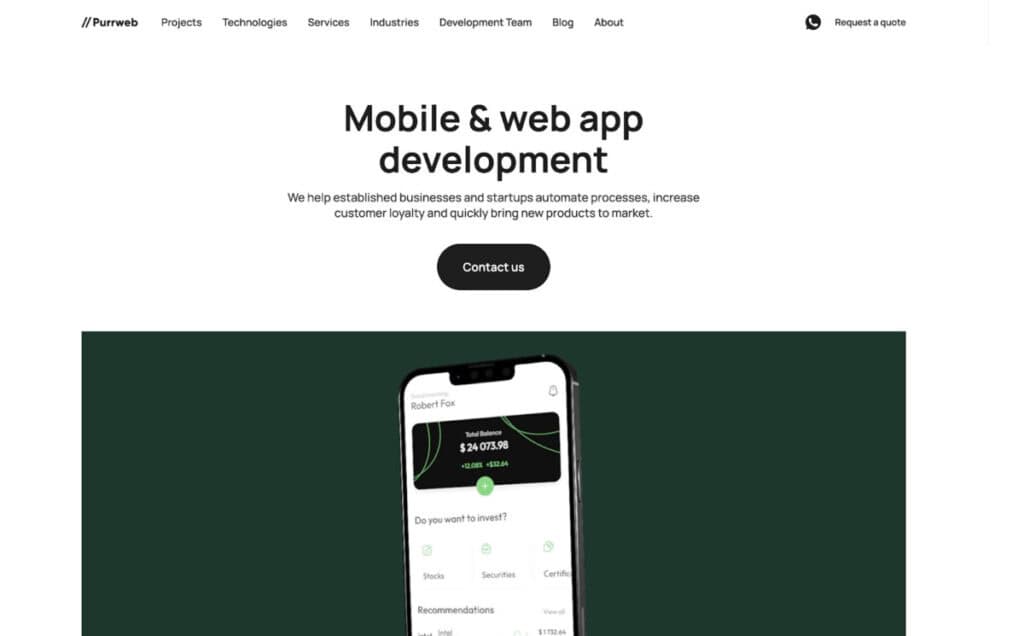
Purrweb creates habit-forming digital products with global reach. They’ve developed over 300 products worldwide and specialize in cost-effective solutions for growing businesses. They work across time zones and organize projects in focused two-week sprints.
They provide both design and development services, making them a complete solution for companies that need to move fast. Purrweb creates detailed user journey maps and maintains quality while delivering projects rapidly.
- Location: Global service with multiple office locations
- Pricing: $50-$150 per hour | $15,000-$100,000 per project
- Key Strengths: Speed, affordability, global availability, full development
- Notable Results: Delivered 300+ successful products with rapid turnaround times
- Best For: Startups needing affordable design with complete development capabilities
How to Choose the Right UI/UX Design Agency
1. Check Their Work
Look at their portfolio carefully. Do their designs match your vision and brand aesthetic? Have they worked on similar products in your industry or target market? Skip agencies that only show pretty pictures without explaining the business problems they solved or the results they achieved.
Pay attention to case study depth. Strong agencies explain their design decisions, show before-and-after metrics, and demonstrate how their work improved user experience. Look for projects similar to yours in complexity and scale.
2. Understand Their Process
Ask detailed questions about how they work from discovery through delivery. Good agencies start with comprehensive user research, not visual design. They should explain their discovery phase, research methods, design iterations, and testing approaches.
Understand their timeline and milestone structure. They should create wireframes and prototypes that you can actually interact with before moving to visual design. Ask about revision rounds, feedback incorporation, and how they handle scope changes.
3. Test Their Communication
Pay close attention to response times and communication quality during the sales process. Design projects require constant collaboration and clear communication. If they’re slow to respond or unclear during initial conversations, this will likely continue during the project.
Evaluate their questions during discovery calls. Great agencies ask thoughtful questions about your users, business goals, technical constraints, and success metrics. Poor agencies focus primarily on budget and timeline without understanding your needs.
4. Verify Technical Skills
Make sure they understand your specific platform requirements and technical constraints. Mobile apps have different design considerations than web applications. Enterprise software needs different approaches than consumer products.
Ask about their experience with your technology stack, platform limitations, and development handoff process. They should understand responsive design, accessibility requirements, and how your development team will implement their designs.
5. Check Industry Experience
Some industries have unique requirements that affect design decisions. Healthcare requires HIPAA compliance and consideration of patient privacy. Financial services need security-focused design and regulatory compliance. E-commerce demands conversion optimization and purchase flow expertise.
However, don’t automatically dismiss agencies without direct industry experience. Sometimes, fresh perspectives from outside your sector provide breakthrough insights that insider knowledge might miss. Focus on their research capabilities and willingness to learn your industry’s specific needs.
6. Demand Real Results
Skip agencies that can’t demonstrate measurable business outcomes from their work. Look for specific improvements like conversion rate increases, user engagement growth, or support cost reductions. Ask for concrete metrics, not vague statements about “improved user experience.”
Request client references and permission to contact past clients directly. Ask references about project management, deadline adherence, budget compliance, and long-term results. Strong agencies willingly provide multiple references and detailed case studies.
What to Expect
Costs
Project costs vary significantly based on scope, complexity, and UI/UX design agency expertise level.
- Simple Redesigns: $15,000-$50,000. These include refreshing existing interfaces, optimizing current user flows, and basic visual updates. Typically takes 6-10 weeks and covers 5-15 key screens or pages.
- Mobile Apps: $25,000-$100,000 Native iOS/Android apps with standard features. Includes user research, wireframing, visual design, and prototype development. Complex apps with custom features cost $75,000-$150,000.
- Complex Web Platforms: $50,000-$200,000 Multi-user dashboards, SaaS products, or ecommerce sites with advanced functionality. Includes comprehensive user research, design systems, and detailed specifications.
- Enterprise Software: $100,000-$500,000+ Large-scale business applications, complex workflows, and multi-platform design systems. Often includes extensive stakeholder management and compliance requirements.
Additional costs to consider:
- User testing and research: $10,000-$30,000
- Animation and micro-interactions: $15,000-$40,000
- Design system development: $25,000-$75,000
- Ongoing support and optimization: $5,000-$25,000 monthly
Timeline
Understanding realistic timelines helps set proper expectations and plan launches effectively.
- Discovery and Research (2-4 weeks): Stakeholder interviews, user research, competitive analysis, and strategic planning. Larger projects with multiple user types need 4-6 weeks. This phase establishes the project foundation and prevents costly changes later.
- Information Architecture and Wireframing (3-5 weeks): User flow mapping, site structure, and low-fidelity wireframes. Complex applications with multiple user roles require 5-7 weeks. This phase focuses on functionality before visual design.
- Visual Design and Prototyping (4-8 weeks): High-fidelity designs, interactive prototypes, and design system creation. Timeline depends on screen count and visual complexity. Includes client feedback cycles and revisions.
- Testing and Refinement (2-4 weeks): User testing, design optimization, and final adjustments. Critical for validating design decisions before development. Some agencies include multiple testing rounds.
- Developer Handoff (1-2 weeks): Design specification creation, asset preparation, and developer collaboration. Quality handoff prevents implementation issues and maintains design integrity.
Factors that extend timelines:
- Multiple stakeholders and approval layers
- Extensive revision requests beyond the agreed scope
- Complex integrations with existing systems
- Regulatory compliance requirements
- Holiday periods and team availability
Rush projects typically:
- Cost 25-50% more than standard timelines
- Receive less comprehensive research and testing
- Have a higher risk of needing post-launch revisions
- May compromise on design quality due to time pressure
Conclusion
Selecting the right UX/UI design agency requires careful evaluation of portfolio quality, industry experience, and proven business results. Whether you’re a startup needing foundational design or an enterprise requiring digital transformation, the agencies listed here offer diverse expertise across different budgets and specializations. Focus on agencies that demonstrate measurable outcomes, strong communication, and alignment with your specific goals. The right partnership will transform your digital presence and drive meaningful business growth through exceptional user experiences.
FAQs
What are the best UX/UI design agencies in the world?
The top global agencies include Clay, Code and Theory, Instrument, and EY Doberman for comprehensive digital experiences. For startups, Red Antler and Mission Control lead the space. IDEO remains influential for design thinking, while Pentagram excels in brand-focused design. Frog Design and Fjord (part of Accenture) dominate enterprise consulting. Regional leaders include Raw Studio in Australia, Bakken & Baeck in Europe, and numerous specialized boutiques. The “best” depends on your specific needs, budget, industry, and project scope.
Agency vs Freelancer?
Agencies have teams. Freelancers work alone. You get researchers, designers, and project managers with agencies. Agencies also have backup resources if someone gets sick or leaves. They can handle larger projects and provide more comprehensive services than individual freelancers.
How do they research users?
Interviews, surveys, competitive analysis, usability testing. Good agencies test everything. They recruit real users who match your target audience, conduct one-on-one interviews, analyze competitor products, and run A/B tests. This research typically takes 2-4 weeks and costs $10,000-$30,000 for comprehensive studies.
What do you get?
Research reports, wireframes, prototypes, final designs, style guides, and developer handoffs. You’ll also receive user personas, journey maps, design systems, component libraries, and documentation. Most agencies provide editable design files and detailed specifications for developers.
How do they measure success?
User engagement, conversion rates, task completion, and customer satisfaction. Real metrics, not vanity numbers. They track specific KPIs like bounce rates, time on page, click-through rates, and revenue per user. Good agencies set baseline measurements before starting and show improvement after launch.
Can they improve existing products?
Yes. Most agencies offer audits and redesigns. They’ll find problems and fix them. Audit projects typically cost $15,000-$40,000 and take 3-6 weeks. They analyze user behavior data, conduct usability tests, and provide prioritized recommendations for improvements.
What about ongoing support?
Many offer post-launch optimization, testing, and maintenance. Ask upfront. Support packages range from $5,000-$25,000 monthly and include design updates, A/B testing, performance monitoring, and quarterly strategy reviews. Some agencies guarantee response times and provide dedicated account managers.
Do certifications matter?
Some. But results matter more than certificates. Look for Google UX certification, Adobe expertise, or platform-specific credentials. However, portfolio quality and client testimonials carry more weight than certifications when evaluating agencies.
Why does accessibility matter?
More users, better experience for everyone, and legal compliance. Accessible design follows WCAG guidelines and reaches users with disabilities. It also improves SEO, reduces legal risks, and often makes products easier for all users. Budget 10-15% extra for full accessibility compliance.
How long does the typical design process take?
Most comprehensive projects need 12-20 weeks total. Discovery and research take 3-4 weeks. Wireframing and prototyping need 4-6 weeks. Visual design requires 3-4 weeks. Testing and revisions add 2-3 weeks. Rush jobs cost 25-50% more and often produce lower quality results.
What’s the difference between UX and UI design?
UX focuses on how products work. UI focuses on how they look. UX designers map user journeys, conduct research, and create wireframes. UI designers handle visual elements, colors, typography, and interactions. Most agencies provide both services, but some specialize in one area.
How much should I budget for a design project?
Simple websites cost $15,000-$50,000. Mobile apps range $25,000-$100,000. Enterprise software runs $75,000-$300,000. Complex platforms with multiple user types can reach $500,000+. Factor in 20% contingency for scope changes and additional rounds of revisions.
What questions should I ask potential agencies?
Ask about their process, timeline, pricing structure, and team composition. Request 3-5 recent client references. Understand their revision policy and what’s included in the base price. Find out who owns the design files and intellectual property after project completion.
How do I know if a UI/UX design agency is right for my industry?
Look for relevant portfolio examples and case studies. Ask about compliance requirements if you’re in healthcare, finance, or other regulated industries. However, strong research skills often matter more than industry experience. Fresh perspectives can provide breakthrough insights.
What’s included in typical agency pricing?
Base pricing usually covers strategy, research, design, and basic revisions. Extra costs include additional user testing, animation, extensive custom illustrations, rush timelines, and ongoing support. Always get detailed scope documents to avoid surprise charges later.
How do agencies handle intellectual property and design ownership?
Most agencies transfer full ownership to clients upon final payment. This includes design files, source code, and usage rights. Some retain portfolio rights to showcase the work. Clarify ownership terms before signing contracts, especially for proprietary business processes or innovative features.
What makes some agencies more expensive than others?
Premium agencies charge more for experienced teams, proven processes, and better results. Location affects Pricing – San Francisco and New York agencies cost more than those in smaller markets. Specialized expertise in emerging technologies or regulated industries commands higher rates.
How do agencies stay current with design trends and technology?
Professional agencies invest in training, attend conferences, and maintain partnerships with technology platforms. Team members often hold certifications and participate in design communities. Ask about their learning budget and how they evaluate new tools and approaches.
What red flags should I watch for when choosing an agency?
Avoid agencies that promise unrealistic timelines, refuse to provide references, or can’t explain their process clearly. Be wary of extremely low Pricing, poor communication during sales, or portfolios that only show visual mockups without explaining business results.
How do I prepare to work with a design agency?
Gather existing user data, analytics, and customer feedback. Define your business goals and success metrics clearly. Identify key stakeholders and decision-makers. Prepare brand guidelines, competitor examples, and any technical constraints. Budget for your team’s time during the collaboration process.
Suggested articles:
- The Role of Psychological Principles in Effective UI/UX Design
- 5 UI Components That Will Transform Your User Experience
- Designing Your Path: Mastering App UX for Success
Daniel Raymond, a project manager with over 20 years of experience, is the former CEO of a successful software company called Websystems. With a strong background in managing complex projects, he applied his expertise to develop AceProject.com and Bridge24.com, innovative project management tools designed to streamline processes and improve productivity. Throughout his career, Daniel has consistently demonstrated a commitment to excellence and a passion for empowering teams to achieve their goals.